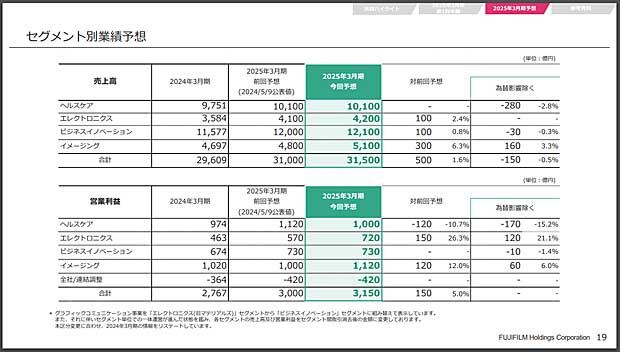Join More Than 50,000+ Subscribers and get latest camera news and rumors
NEW CAMERA VIDEOS ON YOUTUBE
|
By admin, on September 25th, 2024
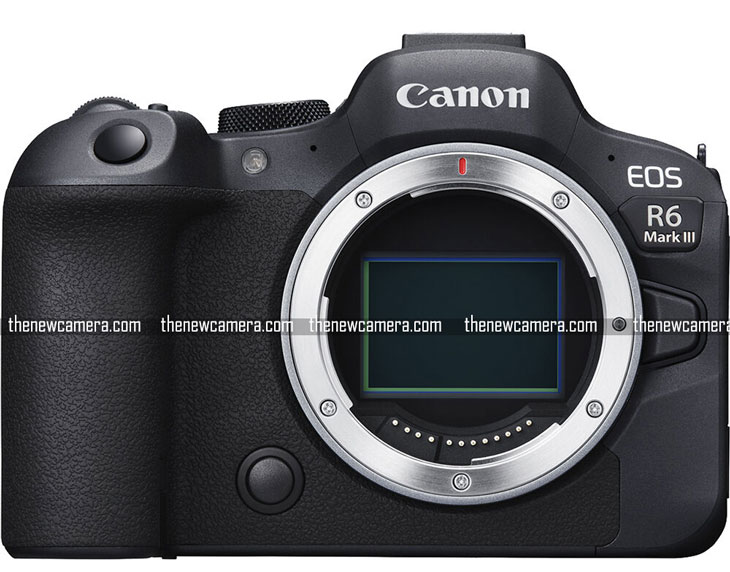
According to the latest rumors coming out from rumor mills, the prototype of Canon’s new R6 Mark III camera has been sent to some photographers for testing. Previous leaks suggested a release date of late 2024. But, again if the camera is in still testing phase we can’t expect its announcement in 2024 at least. Rumor mill predicts the camera will arrive in Q1 of 2024
— End of today’s update –
So, we have already published back in May 2024 that the Canon R6 Mark III is coming with a 24-megapixel stacked CMOS sensor, similar to the one found in the Canon R3 camera. Take a look at the detailed specifications of the upcoming camera.
Canon R6 Mark III Rumored Specification
- 24mp (Related to the stacked EOS R3 sensor)
- Mechanical shutter / Electronic Shutter
- No mentions of stills FPS
- Improved DIGIC X, but no DIGIC Accelerator
- CFexpress & SD UHS-II card slots
- 4K 120P
- FullHD 240P
- Same EVF as the EOS R5 (So no eye-controlled AF)
- Improved IBIS performance
- Improved focus sensitivity
- Slightly heavier body (Nothing you’re likely to notice)
- Same 3.0″ LCD size (no mention of resolution)
- No mention of autofocus capabilities
Stay tuned, more updates are coming
Get LIVE RUMORS –> FACEBOOK | TWITTER | INSTAGRAM to get live news + Canon rumors 24X7
source – CanonRumors.com
By admin, on September 16th, 2024
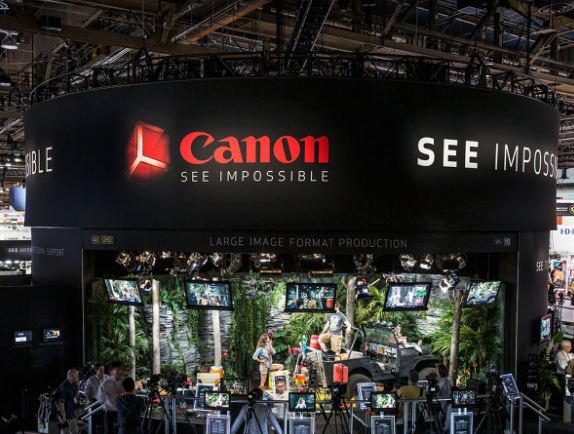
So according to our latest report, Canon is selling twice as many cameras as Sony in China. Recent reports suggest that Canon has captured more than 50% of the market share in China. As we all know, Canon is the leading camera manufacturer in the world.
- A Chinese social media account on Weibo shared a rare glimpse into China’s camera market, and it was surprising: Canon sold twice as many cameras as Sony and four times as many as Nikon. Weibo account Camera Obsession posted: “The 2024-2029 Digital Camera Industry
- Market Detailed Analysis and Development Strategy Research Report released by the China Academy of Industrial Research points out that well-known brands such as Canon, Nikon, Sony and Fuji are still dominant. Canon continues to lead the market with a market share of nearly 50% due to its strong research and technological development capabilities and brand influence. Sony and Nikon rank second and third with market shares of 26.1% and 11.7%, respectively.”
If we take a look at the past month’s BCN ranking
1st place: EOS R10 RF-S18-150 IS STM Lens Kit
2nd place: EOS R50 Double Zoom Kit Black
3rd place: EOS R50 Double Zoom Kit White
4th place: VLOGCAM ZV-E10 Power Zoom Lens Kit Black
5th place: VLOGCAM ZV-E10 II Double Zoom Lens Kit Black
6th place: OLYMPUS PEN E-P7 EZ Double Zoom Kit Silver
7th place: Z 30 Double Zoom Kit
8th place: VLOGCAM ZV-E10 Double Zoom Lens Kit Black
9th place: VLOGCAM ZV-E10 Double Zoom Lens Kit Black
(※9th place seems to be a mistake for the ZV-E10 II Power Zoom Lens Kit Black)
10th place: LUMIX G100D W Kit
So, that clearly means Canon is selling very well in China, let’s hope Canon will continue to hold its position in the future also
also see Canon SMAR Glass Patent published here
Canon Working on Foldable Display Vlogging Cameras
Support us – Use or affiliate link Amazon.com | B&H Store for the next purchase u make – it helps us
By admin, on August 8th, 2024
The financial reports of Fuji Film are highly impressive for the first quarter of the financial year ending in March 2025. They have received strong sales in the instant photo system categories and digital cameras, leading to an increase in revenue and profits.
Everyone is surprised to see the results. Even Fuji people were not expecting such an upscale in the sales report as they have seen now. The sales are up by 24.2%, and the overall operating profit is up by 38.9% in the consumer imaging division.
The main catalyst for the sales is, without a doubt, the instant cameras, which is now very popular among Generation Z. However, they also mentioned that the Professor X series and GFX series are also performing particularly well in their fields.
Also see
Fuji X-M5 to Feature 26MP Sensor, Vari-angle Display Screen
Fuji X-S50 or Something Else? Rumored Specs of the Next Fuji Vlogging-Centric Camera
Follow us on our social pages FACEBOOK | TWITTER | INSTAGRAM, –> See More Fuji Rumors Or subscribe to us via Email
source bit.ly/3ApnIQZ
By admin, on August 6th, 2024
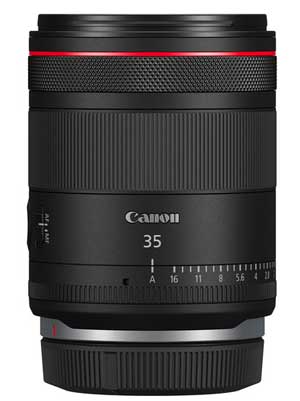
See the latest deals on Canon RF35mm F1.4 Lens at Amazon.com
According to the latest rumors we have from the rumor mill, after the amazing success of the Canon RF35mm F1.4L VCM lens, Canon is now planning two new VCM lenses, the RF 24mm F1.4 and RF 50mm F1.4L VCM. Both of them are coming in September 2024. The source of the rumor mill also added, “I suspect that you will need an EOS R5 Mark II and an EOS R1 to take advantage of the full capabilities of this lens (which will likely have some cool automation features never before seen).
Get LIVE RUMORS –> FACEBOOK | TWITTER | INSTAGRAM to get live news + Canon rumors 24X7
source CR.com
By admin, on August 1st, 2024
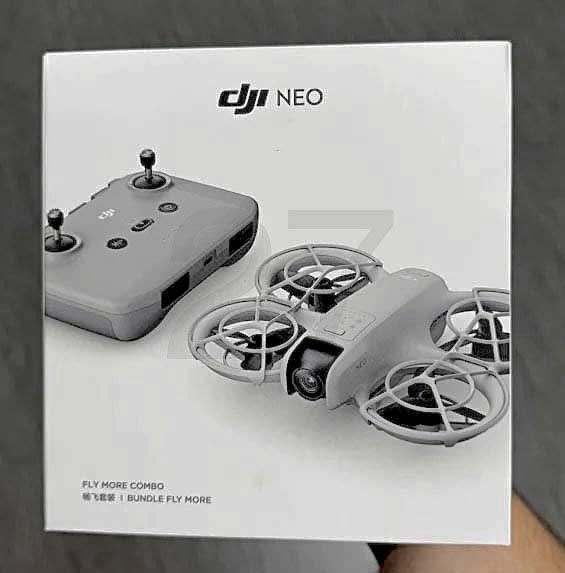
The first spy photo of DJI’s new drone, the DJI NEO, has been leaked. It is a compact entry-level drone, expected to weigh 169g, with propeller guards. The flight time is about 15 minutes. Overseas e-commerce platforms have already listed the DJI NEO drone fly-more combo for only addition to the drone, the combo includes an extra battery, charger, and drone storage box.
DJI NEO Drone Price is $329 for the Combo Set
The Standalone Drone price will be less Dji Mini SE which sells at $279
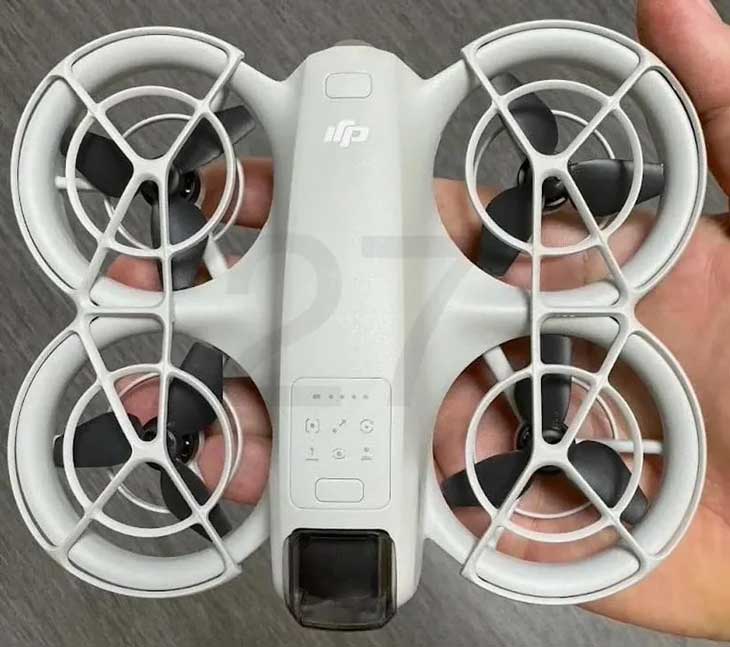
So finally, we have a super budget drone from DJI, and the super budget drone’s name is DJI Neo. It weighs only 135 grams and is ready to fly for 15 minutes. Leaked images of the drone suggest it’s very ultra-compact and tiny. The image of the drone also shows it has propeller guards, making it easy to use indoors. Additionally, it will help content creators capture next-level content since it’s compact, has propeller guards, and is affordable. Without a doubt, it will be a boon to content creators.
Source Jasper Ellens | X27 Twitter
By admin, on July 26th, 2024
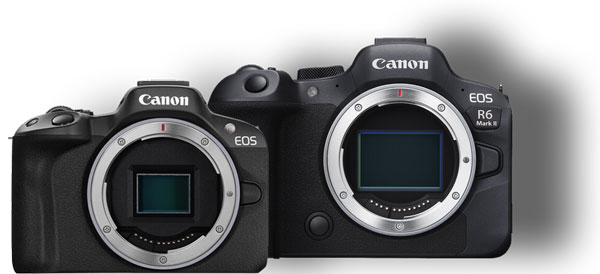
Canon R6 Mark II and Canon R50 are the most sold models of Canon. Imagine a business in the year of 2024, the first and second quarter, which is written in the Canon’s latest financial report, and more or less, these two cameras are also responsible for Canon’s financial recovery. Let’s have a look
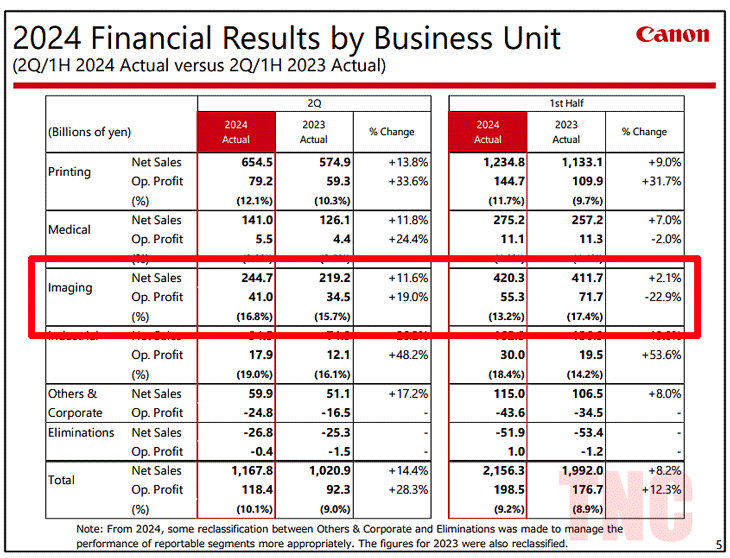
Canon official Finical REPORT of 1st half of 2024 – Conference on results for 2Q 2024 (July 25, 2024)
In the Imaging Business Unit, interchangeable-lens digital camera’s performance was solid due to steady sales of the EOS R6 Mark II full-frame mirrorless camera and the new entry-level EOS R50, along with increased sales of digital compact cameras. Although sales for network cameras decreased temporarily in the previous quarter of this year due to the adjustments of inventory levels in the market, sales for the second quarter of network cameras increased thanks to need for diversified applications. As a result, sales for the second quarter of the Imaging Business Unit increased by 11.6% compared with the same period of the previous year to ¥244.7 billion, while income before income taxes for the second quarter increased by 19.3% compared with the same period of the previous year to ¥41.7 billion. Sales for the first half of the year totaled ¥420.3 billion, a year-onyear increase of 2.1%, while income before income taxes totaled ¥56.6 billion, a year-on-year decrease of 21.9%.
REPORT ANALYSIS
Canon’s Imaging Business Unit had a mixed performance. They sold many cameras like the EOS R6 Mark II and EOS R50, which boosted sales by 11.6% to ¥244.7 billion. However, their overall income before taxes for the first half of the year dropped by 21.9% to ¥56.6 billion compared to last year. This means while they are making money, their profit has decreased compared to before, so they haven’t fully recovered yet.
Get LIVE RUMORS –> FACEBOOK | TWITTER | INSTAGRAM to get live news + Canon rumors 24X7
source – global.canon/en/ir/
By admin, on June 11th, 2024

Best-selling list of digital cameras in Japan for May 2024. The Canon R50 white version with dual lenses SCORED TOPE SELLING SPOT for the month of MAY 2024. It seems that the white version of the R50 is not only popular on Xiaohongshu (Little Red Book) but also very popular in Japan. Take a look at the list of best-selling cameras of Japan
Canon R50 Tops at BCN Ranking May 2024
- Canon R50 white version with dual lenses
- Canon R10 with 18-150mm lens kit
- Sony ZV-E10 kit
- Canon R50 black version with dual lenses
- Sony ZV-E10 with dual lenses
- Nikon Z50 with dual lenses
- Sony ZV-E10 white version body only
- Sony A6400 with dual lenses
Get LIVE RUMORS –> FACEBOOK | TWITTER | INSTAGRAM to get live news + Canon rumors 24X7
|
KEEP THIS BLOG ALIVE - Support New Camera Buy Canon Lenses, Buy Music CD or Digital Camera at amazon it helps this site, and you do not pay anything extra, it is just a way to help support this site.

|



